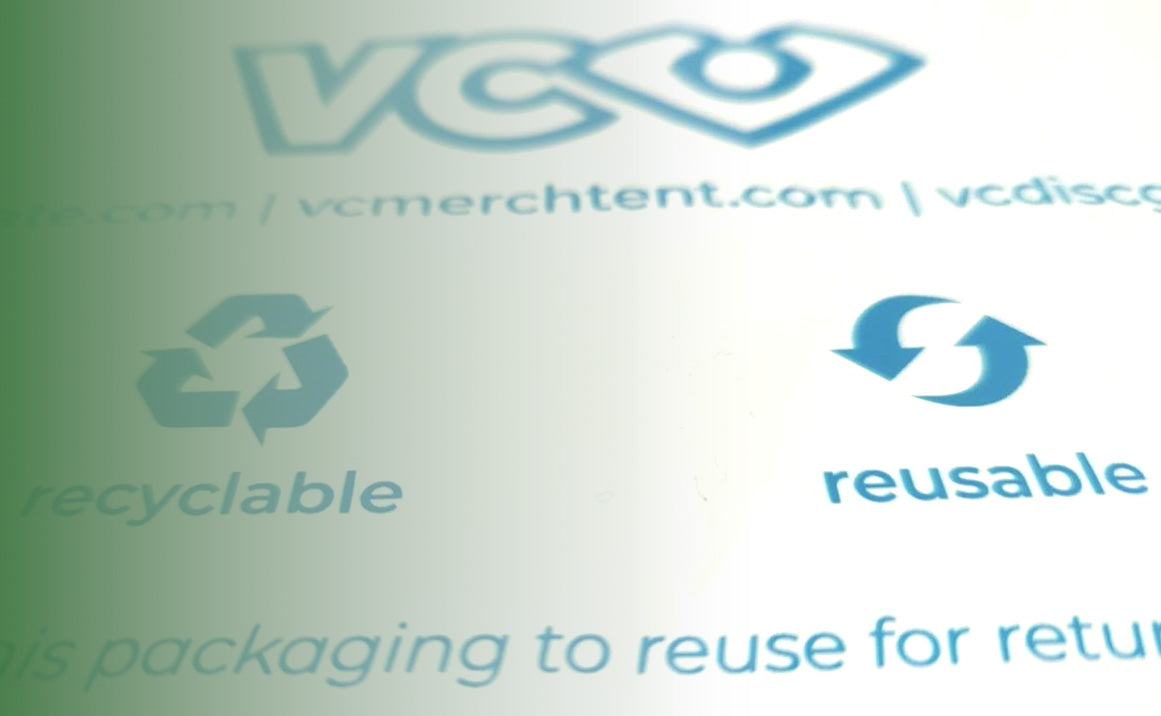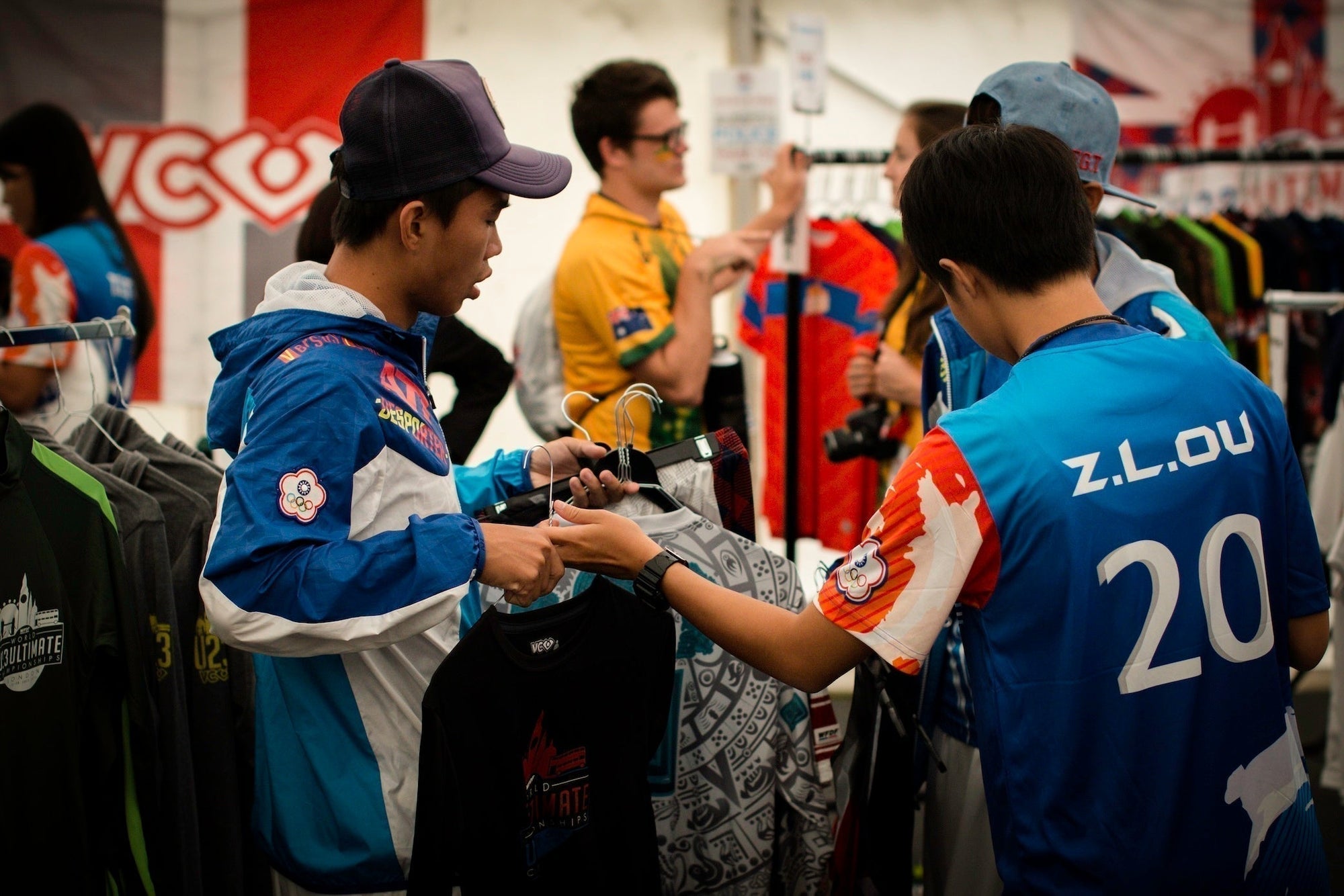
Compostable Packaging
Why We Skip Compostable Packaging—for the Planet, Not Convenience
We are often asked: why don’t our jerseys come in individual compostable bags?
The short answer? Less packaging is more.
Isn't Compostable Packaging Environmentally-friendly?
Even compostable packaging has an environmental cost—it takes energy and resources to produce, and often it’s printed or labelled with materials that make it non-compostable in real-world settings. It can feel like a greener choice, but it’s often just another kind of waste.
What's the Answer?
For us, the most sustainable packaging is no packaging at all.
That’s why, whether you’re ordering online, picking up gear at an event, or outfitting a team, we choose bulk packing and minimal materials wherever we can. It cuts down waste, reduces shipping volume, and keeps our environmental impact lower overall.
We know that labeled individual bags can be convenient, especially for organizing team gear—but when we look at the bigger picture, skipping them is the better choice.
Thanks for supporting thoughtful decisions, even in the small stuff. Because it all adds up.
Quality over Quantity
We all know the three R’s: Reduce, Reuse, Recycle. At VC, we believe in following this order. Reducing consumption is the most powerful action we can take. Reusing comes next. Recycling matters—but only after the first two have been considered.
Our mission is to create gear that lasts, so you can buy less, use it longer, and feel good about it. And when you do choose something new, know that we’re working hard to manufacture it as responsibly as possible.
Have Ideas?
We're always looking to do better. While we prioritize local manufacturing and recycled materials, sustainability is a journey—not a checkbox.
If you have ideas on how VC can push further, we want to hear them. Get in touch anytime.
Digging Deeper: Can Compostable Packaging Actually Be Composted in Canada or the USA?
The short answer: usually not.
Across both Canada and the U.S., most compostable packaging does not get composted, even if it’s certified or labeled as such. Here's why:
Limited Access to Industrial Composting
Most compostable materials, like PLA bioplastics, need industrial composting conditions (high heat, moisture, and oxygen) to break down—conditions that most municipal composting programs in North America can't provide. Only a small number of facilities can process compostable plastics, and most consumers don’t have access to them via curbside pickup.
Compost Stream Contamination
Because compostable packaging looks so similar to regular plastic, it’s often screened out to avoid contamination—even in facilities that do accept organics. As a result, compostable packaging frequently ends up in the landfill despite best intentions.
Labels Are Misleading
Products labeled “compostable” (even with certifications like BPI, ASTM D6400, or EN13432) don’t necessarily mean they’ll break down in your local compost system. Some are only compostable in controlled industrial conditions, while others include inks, adhesives, or films that invalidate the compostability altogether.
The Bottom Line
In most places across Canada and the U.S., compostable packaging is not a reliable environmental solution. Unless you’re sending it to a verified composting facility that accepts it—and most people aren’t—it likely ends up as landfill waste.
That’s why we believe the better approach is to eliminate packaging wherever possible. Less packaging means less waste—regardless of how it’s labeled.


